CA gets a letter from a reader.
I recently set my wheels on the road for a trip through the Communist North East.
I wanted to see some of these things while travel was still possible and before the Vaxstappo begins asking for your papers to allow you to travel between states.
One of these stops was in Boston. Specifically, to see the North Bridge and the Isaac Davis statue.
Sometimes you just get the feeling of how small you are in the moment.
The visit to the North Bridge was one of those moments for me.
I can readily imagine so. If you’ve forgotten the details about Davis and his moment in our glorious history—it shames me to admit I had—here’s a refresher course.
Isaac Davis (February 23, 1745 – April 19, 1775) was a gunsmith and a militia officer who commanded a company of Minutemen from Acton, Massachusetts, during the first battle of the American Revolutionary War. In the months leading up to the Revolution, Davis set unusually high standards for his company in terms of equipment, training, and preparedness. His company was selected to lead the advance on the British Regulars during the Battle of Concord because his men were entirely outfitted with bayonets. During the American advance on the British at the Old North Bridge, Davis was among the first killed and was the first American officer to die in the Revolution.
Faulty memory notwithstanding, you’ll likely be familiar with Daniel French’s The Minute Man statue; it’s an iconic memorial, a rendition of which also serves as the National Guard logo as well as being featured on the Massachussetts quarter. The story of Davis and the unfortunate part he played in the Battle of Concord is always worth revisiting.
In November 1774, Acton formed a company of Minutemen, and Davis was elected captain. He was determined that his company be as well-equipped as the British soldiers. Most provincial Minuteman companies, unlike professional soldiers, were not equipped with bayonets for use in close combat and they typically re-loaded using powder horns, a slow method more suited to hunting than to battle. Davis employed his skills as a gunsmith to outfit nearly every man in his company with a bayonet and saw that his men were supplied with cartridge boxes, allowing his company to re-load as quickly as the British. Finally, Davis emphasized marksmanship, training his company on an improvised shooting range behind his house. These high standards in terms of equipment and training made the Acton company one of the best prepared in Massachusetts.
According to tradition, Davis was a superstitious man who believed he had seen numerous omens that indicated that he would die if forced into battle. In 1851, Rev. James Woodbury, Acton’s representative to the Massachusetts General Court, delivered a speech about Davis to the House of Representatives. During this speech, Woodbury described an incident that allegedly took place a few days before the Battle of Concord in which Davis and his family returned home to find an owl perched on Davis’s musket. According to Woodbury, “It was an ill omen, a bad sign. The sober conclusion was that the first time that Davis went into battle, he would lose his life.”
On the night of April 18, 1775, Gage dispatched approximately 800 British Regulars under the command of Lieutenant Colonel Francis Smith. The Sons of Liberty in Boston were convinced that the British troops would also attempt to capture the provincial leaders, John Hancock and Samuel Adams, who were in Lexington, Massachusetts. Messengers Paul Revere and William Dawes therefore rode again on the night of April 18 to warn Hancock and Adams that the soldiers were marching from Boston. In Lexington, the British force encountered resistance from the Lexington militia, and a skirmish ensued on Lexington Green; eight provincials were killed, and one British soldier was wounded.Following the action on Lexington Green, the British marched on to Concord.
Word of the British movement reached Acton just before dawn on April 19, most likely delivered by Dr. Samuel Prescott, a resident of Concord and one of the Sons of Liberty. As the alarm spread, the Acton Minutemen began to gather at Davis’s home. While waiting for others to arrive, the men made paper cartridges and some powdered their hair with flour so as to appear more like gentlemen when they met the British in battle. As the Minutemen prepared, Davis’s wife noticed that he seemed especially somber and said very little. As some of his men joked about getting shot at by a British soldier, Davis rebuked them, reminding them that some of them would soon be killed.
Davis formed up his company and ordered them to march at about 7 a.m. According to his wife and other witnesses, shortly after stepping off, Davis ordered his company to halt, then returned to his front door to tell his wife, “Take good care of the children.” Soon after crossing into Concord, the Acton company passed the farm of Colonel James Barrett who commanded the provincial troops in Concord that morning. A small detachment of British soldiers were searching Barrett’s farm for supplies, and Davis considered attacking them. His orders, however, were to muster with the rest of the provincial militia and Minutemen near the Old North Bridge by the Concord River. He then diverted his company off the road, avoiding the British at Barrett’s farm and marching past a tavern belonging to a Widow Brown. A boy named Charles Handley, who lived at Widow Brown’s Tavern, saw Davis’s company pass the tavern. He recalled many years later that a fifer and drummer played a song called “The White Cockade”, a reference to the white ribbon worn on their bonnets by Scots revolutionaries during The ’45. Tradition persists that this was Davis’s favorite marching song, but there is little evidence to support this notion. There is also a tradition that the Acton musicians played the White Cockade later when Davis’s company led the advance on the British at the Old North Bridge, although this too is not supported by primary source accounts.
Davis’s company reached the area of the Old North Bridge at approximately 9 a.m. Several other companies of militia and Minutemen, consisting of about 500 men from Concord, Lincoln, and Bedford, had already gathered on a small hill overlooking the bridge. Approximately 100 British Regulars occupied the bridge. Shortly after Davis arrived, Barrett called a council of the officers present to determine whether or not to attack the Regulars at the bridge. In Concord, the majority of the British force was searching for supplies, but they found little. When they decided to burn some wooden gun carriages they discovered, the provincials near the Old North Bridge saw the smoke and thought the British were burning the town. Barrett then made the decision to attack the soldiers holding the bridge.
Davis’s company had taken their designated position at the left of the provincial line. This would have placed the Acton company in the rear of the attack when the line advanced. The company in the lead would have been Captain David Brown’s company from Concord. When Barrett asked Brown if he would lead the attack, Brown responded that he would rather not. Knowing that Davis’s company was well equipped with bayonets and cartridge boxes, Barrett asked Davis if his company would lead the advance. Several slight variations of Davis’s response have been recorded. His response is most often given as, “I have not a man that is afraid to go.” Following Barrett’s orders, Davis then moved his company to the right of the line. Around 10:30, the provincials faced to the right and advanced on the Old North Bridge in a column of two men abreast. At the head of the column was Davis, Major John Buttrick of Concord, and Lt. Col. John Robinson of Westford. Barrett remained behind on the hill, cautioning his men as they marched by him not to fire first. The British at the bridge, watching the provincials approach, were surprised to see, as one soldier later said, that they “advanced with the greatest regularity”.
When the provincials were within about 75 yards of the bridge, the Regulars fired a few warning shots. Luther Blanchard, the fifer from Acton, was hit and wounded by one of these warning shots. The British then fired a disorganized volley. Isaac Davis was shot through the heart. Private Abner Hosmer of Acton was also killed in this volley. Seeing these casualties, Buttrick commanded, “Fire, fellow soldiers, for God’s sake fire!” and the provincials returned fire, causing the British to immediately retreat back to Concord.
By God, if that doesn’t make your heart beat faster and the hair on back of your neck stand straight up…well, you just ain’t anything I’ll ever acknowledge as an American, that’s all.
The story of Isaac Davis, Concord, and the American Revolution should serve as an inspiration to every red-blooded American. The tragedy of our age is that, rather than being a fundamental part of the public-school curriculum, I doubt you could find much more than a handful of grade-schoolers in the entire country who ever heard a single word of it. It’s no less than a national disgrace.
The opening stanza of Emerson’s Concord Hymn is engraved on The Minute Man‘s plinth:
By the rude bridge that arched the flood,
Their flag to April’s breeze unfurled,
Here once the embattled farmers stood
And fired the shot heard round the world.
Stirring words, a worthy salute to commemorate valiant men and the resounding victory for all mankind bought for us by their brave sacrifice. Alas, Emerson’s third stanza is probably more apt for their less-noble heirs:
On this green bank, by this soft stream,
We set today a votive stone;
That memory may their deed redeem,
When, like our sires, our sons are gone.
May God grant that the Founders’ descendants may redeem those great deeds and reclaim their priceless inheritance before all is said and done.




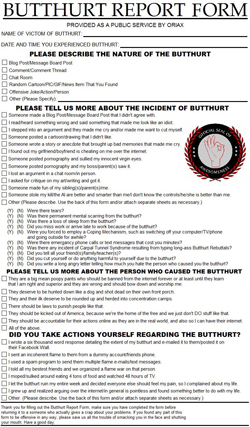

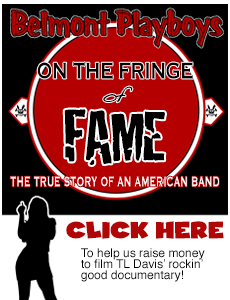


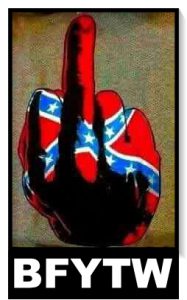




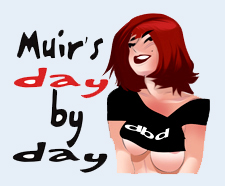
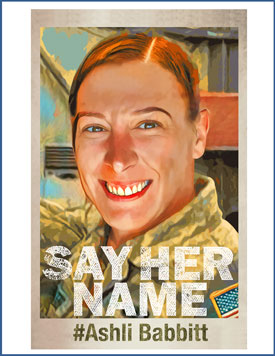
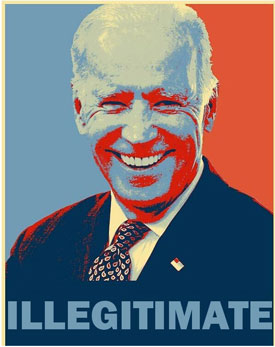
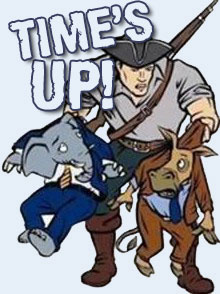

 - Entries
- Entries
Each of us has the seeds of greatness inside us. It takes Patrick Henry. It takes Sam Adams. It takes John Adams. It takes George Washington.
And it takes Isaac Davis.
Bless them all for what they did do. And bless us all for how we will contribute.
Here’s the White Cockade (followed by “The World Turned Upside Down”) played by the US Air Force band:
https://youtu.be/acORmrV7TDE?t=48